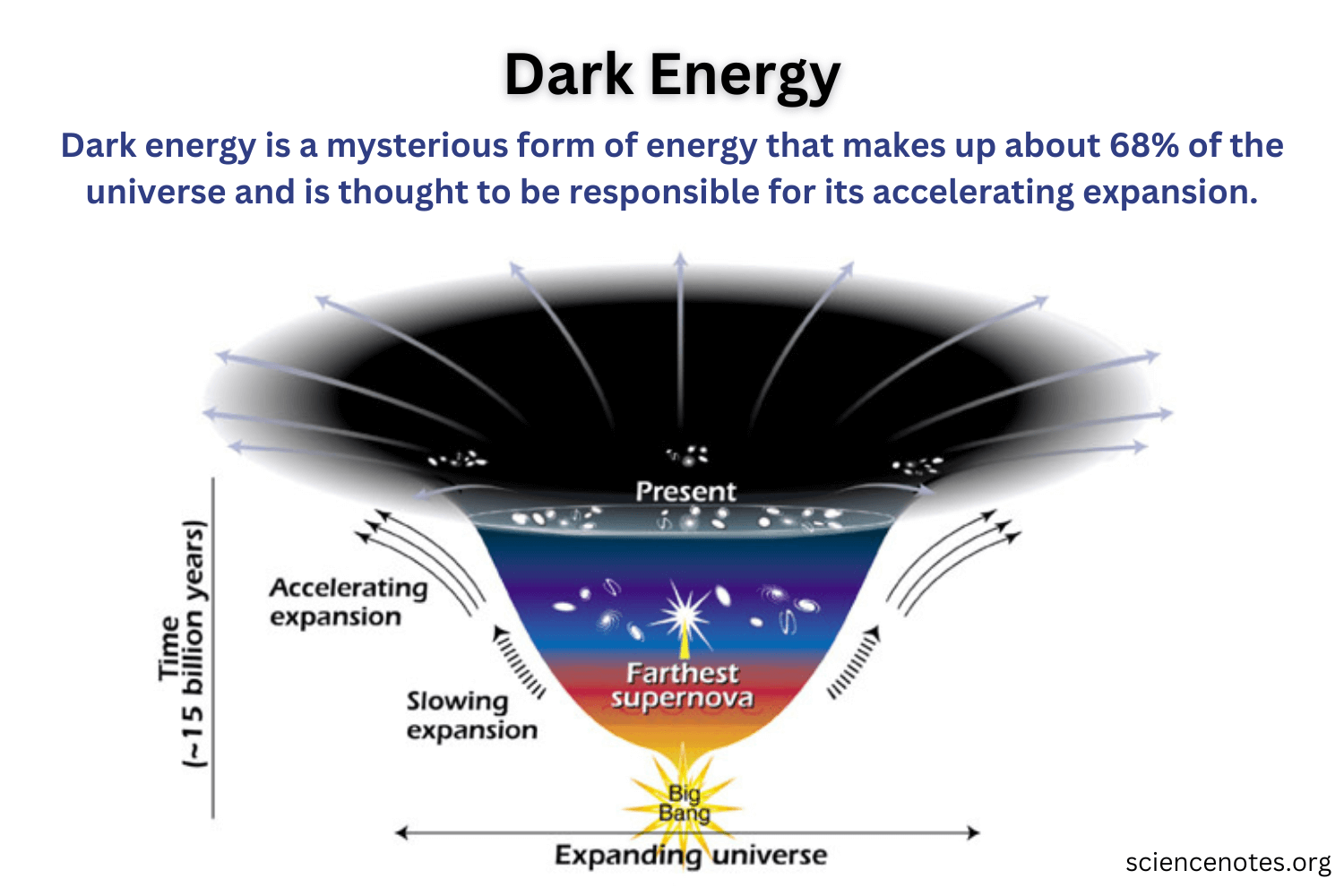Bonobos communication is not only fascinating but also provides valuable insights into the evolution of language itself. Recent studies reveal that these intelligent primates use a rich system of vocalizations, similar to human speech, which includes complex phrases and word compounds. Researchers have discovered that bonobos utilize vocal cues to navigate complicated social interactions and convey emotional states, highlighting their advanced social behavior. This remarkable ability underscores the presence of compositionality in bonobos, suggesting that the roots of animal language may predate humans. Consequently, understanding bonobo vocalization patterns can illuminate the path of language evolution and the intricate ties between communication and social structures.
The vocal interactions among bonobos open a window into the intricate dynamics of animal language. These primates engage in a sophisticated communication system that showcases their ability to form complex social relationships. Utilizing a diverse range of sounds, bonobos convey rich meanings by combining various vocalizations, which helps them articulate their needs and emotions effectively. This approach sheds light on the potential for linguistic development within species that maintain deep social bonds. Ultimately, examining how bonobos express themselves not only offers a glimpse into their unique social behavior but also contributes to our understanding of how language may have evolved among all species.
Exploring Bonobo Vocalization Patterns
Bonobos exhibit intricate vocalization patterns that resemble human language in both structure and function. Researchers have found that these primates use a variety of sounds—including peeps, yelps, and whistles—to convey a range of messages. This communication is not merely a random series of calls; instead, it reflects a complex understanding of social dynamics, much like the nuances found in human speech. The ability of bonobos to combine sounds to express specific social situations indicates that they possess a degree of compositionality, a key characteristic of language evolution.
The research conducted in the Kokolopori reserve has illuminated how these vocalizations correlate with bonobo social behavior. For instance, a bonobo whistling to gather its group members illustrates the necessity for coordinated social interaction. By utilizing subtle vocal cues, such as a peep preceding a whistle, bonobos can indicate tension or alert others to impending social situations. This level of vocal sophistication indicates that bonobos may not only communicate but also possess an underlying framework for constructing complex messages, which is critical for maintaining their social networks.
Bonobos and the Foundations of Animal Language
The study of bonobo vocalizations has reshaped our understanding of animal language and its evolution. Unlike other species, bonobos demonstrate a remarkable ability to construct meanings by combining various calls, creating a dictionary of vocalizations that effectively communicates their needs and emotions. This discovery is significant as it suggests that the roots of language may be much older than previously believed, extending into animal species like bonobos that underwent evolutionary adaptations to facilitate complex social interactions.
Additionally, researchers found parallels between bonobo communication and human language, particularly regarding compositionality. As bonobos manipulate sounds to create nuanced meanings, they provide insight into how language may have evolved from simple calls to the sophisticated systems we see in humans today. This connection prompts further investigation into how other species, especially those with complex social structures, may exhibit similar patterns of communicative behavior, reinforcing the notion that language might be a universal trait among certain intelligent species.
The Role of Compositionality in Bonobo Communication
Compositionality in bonobo vocalizations represents a breakthrough in our grasp of how language functions beyond the human species. This concept suggests that individual sounds can be combined to form more complex meanings, thereby allowing bonobos to communicate specific thoughts and feelings. For instance, a bonobo’s call can imply danger or coordinate group activities, effectively illustrating how their vocal signals correspond to specific social contexts. Understanding these patterns enhances our appreciation for the cognitive capabilities of this species and challenges the long-held belief that compositionality is unique to humans.
Research demonstrates that not only do bonobos possess this compositionality in their calls, but their interactions also mirror human-like social behavior. As they navigate complex social relationships, the use of compound vocalizations allows for more effective communication within their groups. This finding opens new avenues for studying language evolution and the cognitive processes behind communication in both humans and bonobos. The shared traits seen in social bonding and linguistic capabilities inspire broader questions regarding the communication systems of other animals, promoting a deeper understanding of the evolutionary trajectory of language.
Bonobo Social Behavior and Communication Dynamics
The social behavior of bonobos is intricately linked to their communication methods, suggesting that vocalization plays a crucial role in maintaining their social structures. Bonobos live in matriarchal societies where relationships and group dynamics are essential for their survival. Through their vocalizations, they can signal various social cues, from expressing fear to indicating the need for cohesion within the group. This reliance on nuanced communication allows bonobos to navigate their complex social environments effectively.
Moreover, the study highlighted that vocal communication among bonobos is not simply about individual survival; it significantly contributes to the well-being of the group. By employing specific calls to convey messages about food, threats, or social bonding, bonobos foster relationships and reinforce social cohesion. This illustrates that as social behavior becomes more sophisticated, so does the need for corresponding communication methods, emphasizing the intertwined evolution of social complexity and vocalization in this species.
Implications of Bonobos’ Vocal Repertoire Study
The comprehensive study of bonobo vocalizations has significant implications for our understanding of language and communication across species. By creating a “dictionary” of bonobo calls, researchers have taken a groundbreaking step toward unraveling the complexities of animal language. Such advancements not only provide insights into bonobo communication but also carry implications for studying the evolution of language in humans. They underscore the idea that the cognitive mechanisms enabling language may have deep evolutionary roots shared among primates.
Moreover, understanding bonobo communication can shed light on how we might approach the study of language in other species, like chimpanzees, which exhibit similar social behaviors. By comparing the vocal repertoires of different species, scientists can refine their definitions of language and communication, broadening the discourse on animal language evolution. The implications here extend to ethology, linguistics, and evolutionary biology, indicating that the study of bonobo communication can inform our understanding of the origins of human language.
Understanding Language Evolution Through Bonobos
The exploration of bonobo vocalizations offers a compelling perspective on language evolution. By demonstrating that these primates can form complex signals through the combination of sounds, researchers provide evidence that the foundations of human language may be shared with other intelligent species. The findings suggest that language did not emerge solely within the human lineage but rather has an evolutionary history that includes significant traits present in our primate relatives. This revelation challenges existing paradigms around how we understand the development of language.
Furthermore, as we examine the functions of communication in bonobos, we learn more about the social contexts in which these vocalizations operate. This knowledge not only informs our understanding of bonobo interactions but also suggests that similar processes may have contributed to the emergence of language in our ancestors. Investigating how bonobos use vocalizations in their complex social behaviors can lead to broader insights about the role of communication in social evolution, ultimately framing our understanding of humanity’s place within the animal kingdom.
The Interconnectedness of Social Structures and Communication
The findings regarding bonobo vocalizations highlight the intricate connection between social structures and communication systems. Bonobos, known for their complex social interactions, rely heavily on vocal communication to navigate their relationships. This dependence on vocalizations for social cohesion illustrates that communication is not just a tool for expressing individual needs but is essential for sustaining community bonds, which is a trait mirrored in human social structures.
Moreover, researchers emphasize that the evolution of social systems may drive the development of more sophisticated communication methods. As bonobos engage in intricate social dynamics—such as kinship ties, alliances, and conflict resolution—the richness of their vocal repertoire reflects the complexity of these interactions. Understanding this interconnectedness can unlock valuable perspectives on how communication systems evolve in response to changing social environments, providing a framework for analyzing similar patterns in other species.
Bonobos in Comparative Linguistic Studies
The unique communication methods employed by bonobos offer rich material for comparative linguistic studies. By examining their vocalizations, researchers can draw parallels between bonobo and human speech patterns, particularly in terms of compositionality and syntax. This analysis not only enhances our understanding of bonobo language but also sheds light on the evolutionary pathways that may have shaped human communication. Comparative studies are crucial for understanding the cognitive capabilities shared across species, revealing the deeper roots of language.
Furthermore, as linguists and primatologists collaborate, insights from bonobo communication could inform new theories about language development. Seeing the similarities and differences in how vocalizations are structured can provide a clearer picture of the evolutionary processes that influenced both human and non-human forms of communication. This interdisciplinary approach is vital for unveiling the complexities surrounding the origins of language and the defining characteristics that separate human language from the communicative systems seen in other species.
Future Directions in Bonobo Communication Research
Future research on bonobo communication holds promising avenues for expanding our knowledge of animal language. With the foundation laid by recent studies, scholars are poised to delve deeper into the nuances of bonobo vocalizations and their meanings. Continued explorations may involve advanced technological tools, such as machine learning, to analyze the frequency and context of bonobo calls more effectively. Such advancements can yield a more comprehensive understanding of how these primates convey rich social information.
Moreover, researchers are increasingly interested in the implications of bonobo communication for understanding other species. As attention shifts to comparative studies, the insights gained from bonobo vocalizations could lead to revelations about the evolution of social behavior and language in other primate species. Exploring how various animals communicate and the cognitive processes involved can illuminate the broader narrative of language evolution, offering critical perspectives on what it means to communicate.
Frequently Asked Questions
How do bonobo vocalizations compare to human language?
Bonobos exhibit vocalizations that may resemble human language through their use of compositionality, allowing them to form complex phrases and convey nuanced social situations. Their communication system includes various calls like peeps, yelps, and whistles that indicate intent and context much like human speech.
What role does compositionality play in bonobo communication?
Compositionality in bonobos is crucial as it reflects their ability to combine different vocalizations to create new meanings. This capability allows them to communicate complex social dynamics and coordinate actions within their groups, similar to how humans use language to express intricate ideas.
What types of vocalizations do bonobos use to communicate?
Bonobos use a variety of vocalizations, including whistles, peeps, and yelps, each associated with specific social contexts. For instance, a peep can precede a whistle to signal tension among group members, highlighting their sophisticated communication strategies.
How does bonobo social behavior influence their vocal communication?
Bonobo social behavior plays a significant role in their vocal communication, as their complex social structures necessitate advanced vocal strategies. The need to maintain social bonds and coordinate group movements over distances is reflected in their diverse and expressive vocalizations.
What can bonobo communication tell us about language evolution?
Bonobo communication provides insights into language evolution by demonstrating that sophisticated vocal behaviors, such as compositionality, existed before humans. This suggests that the foundations of language may have arisen in shared ancestors millions of years ago.
Can bonobos be considered a model for studying animal language?
Yes, bonobos serve as an important model for studying animal language due to their advanced communication system, which showcases complex vocalizations and social interactions. Their use of compositionality in communication opens new avenues for understanding the evolution of language and social behavior.
How do researchers study bonobo vocalization and its meanings?
Researchers study bonobo vocalization by meticulously observing their calls in various contexts, noting actions and social interactions. Through this systematic approach, they have compiled a dictionary of vocalizations that reveals the meanings and combinations used by bonobos.
What implications does bonobo communication have for understanding human language?
The study of bonobo communication provides significant implications for understanding human language, particularly in regards to the evolutionary roots of language. Insights gained from bonobo vocalization patterns and social behaviors may help unravel how language developed in humans.
| Key Points |
|---|
| Bonobos vocalize similarly to humans, indicating complex communication skills. |
| Research shows bonobos use word compounds and phrasings in their vocalizations. |
| The study indicates that the roots of language might predate human evolution, showcasing bonobos’ social complexity and vocal abilities. |
| Contextual features, such as action and emotion, play a crucial role in their vocal calls, allowing them to convey specific meanings. |
| A systematic dictionary of bonobo calls has been developed, linking vocalizations to specific meanings and social contexts. |
| Compositionality, or the capability to combine calls meaningfully, is evident in bonobo communication, similar to human language. |
Summary
Bonobos communication is fascinating and illustrates the intricate social bonds within their species. Recent research has highlighted that these clever primates possess a form of communication reminiscent of human language, utilizing complex vocalizations to convey meanings and emotional states. By understanding the sophisticated way bonobos express themselves, researchers can unlock vital insights into the evolution of language and social interaction, emphasizing the importance of animals in the study of communication.


